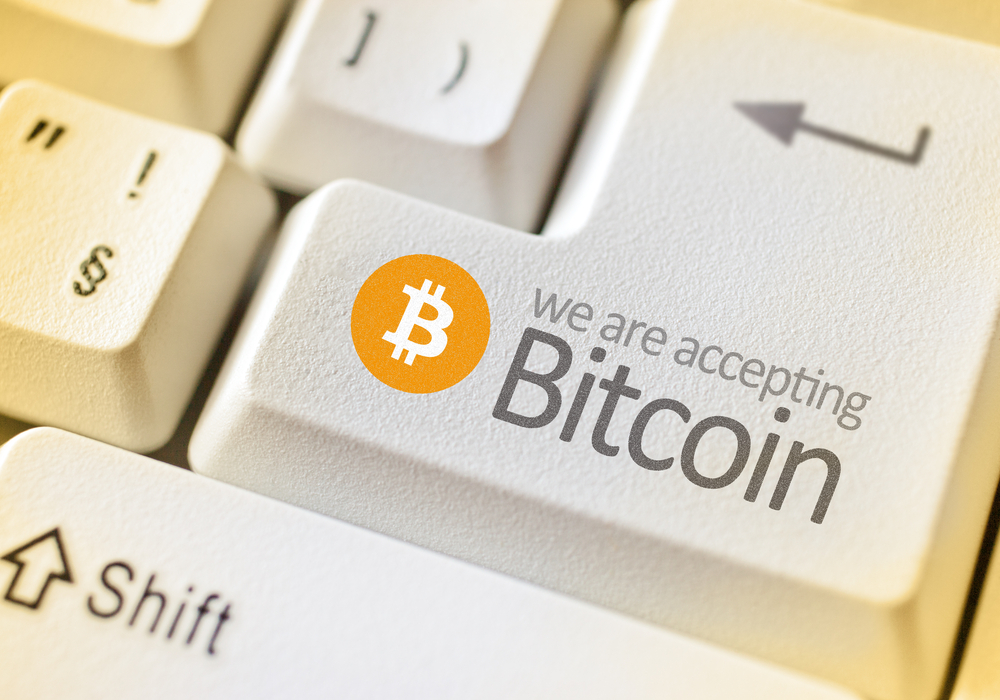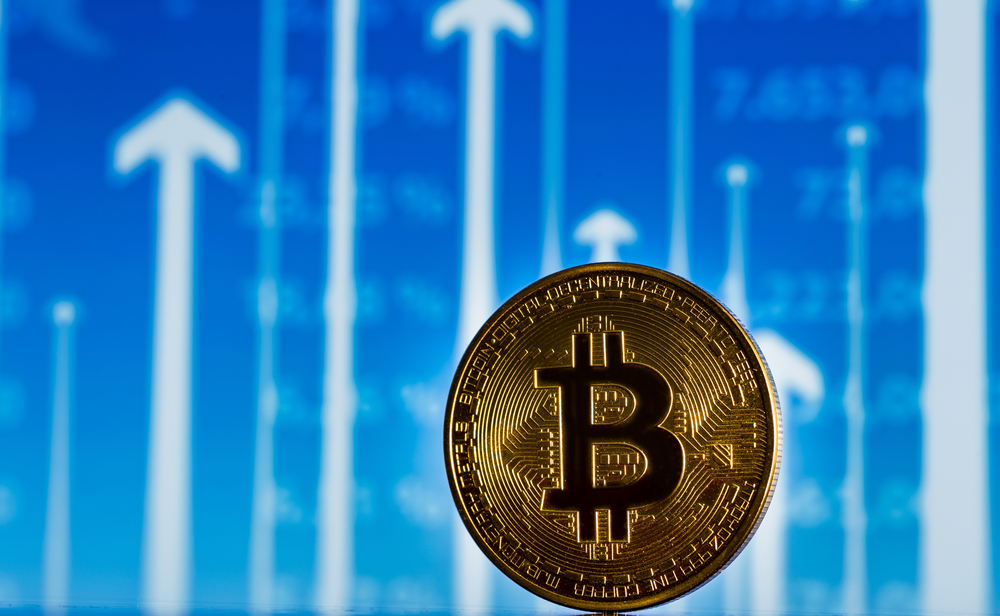Bank Of Canada Paper Explores Factors Behind Bitcoin Volatility

As virtual currencies like bitcoin become more established, the exchange rate will be less affected by speculator perceptions, according to a staff working paper [PDF] on the value of virtual currencies written for the Bank of Canada by Wilko Bolt of the Netherlands Bank and Maarten R.C. van Oort of the Bank of Canada. Over time, excessive exchange rate volatility will not undermine virtual currency use.
The 40-page paper’s aim is to determine what drives the value of virtual currencies like bitcoin, which the paper underlines as the mostwell-known virtual currency. Much of the paper attempts to quantify the factors impacting virtual currency exchange rates. It documents three main determinants of virtual currency exchange rates.
Three Main Determinants
The first factor is the current use of the currency to make “real” payments. Second is the decision by forward-looking investors to purchase virtual currency, thereby effectively reducing its supply. Third is the set of elements that drive consumer adoption and merchant acceptance, which determine long-term growth in usage.
Bitcoin, the best known virtual currency, experienced significant exchange rate volatility at the end of 2013. The U.S. dollar exchange rate for one bitcoin was more than fivefold. During 2014, the exchange rate declined.
The rapid appreciation of bitcoin’s exchange rate and its high volatility have posed concerns about its viability as a currency. Bitcoin suffers from a higher exchange rate volatility than traditional currencies.
Bitcoin’s use nevertheless continues to rise, jumping from 20,000 daily transactions in 2012 to 70,000 in 2014 and 200,000 in June 2016.
Exchange Rate Economics
Most papers on virtual currency exchange rates do not have a formal treatment of economics behind exchange rates, a perspective that can explore the links between currency creation, network effects, speculative behavior and real growth in goods and services transactions.
The authors’ model consists of two blocks. The first is based on a two-sided market theory that seeks to determine what factors drive the growth of virtual currency as a payment tool. The more consumers transact using virtual currency, the more merchants will accept it, and vice versa.
The second block addresses speculators’ behavior. A speculator’s investment decision is presented as a trade between speculation on the future value of virtual currency and investing in a risk-free bond denominated in the established currency.
The authors show that the “equilibrium” exchange rate relies on both a speculative component pinning a “floor” below the exchange rate and a transaction component affecting the exchange rate risk that speculators absorb.
Payments And Currency
Virtual currencies represent a new payment technology and a new type of currency. The currency moves outside the scope of established financial institutions and enables direct payments between merchants and consumers across large distances.

The key innovation of virtual currencies is the deployment of cryptographic identification to a distributed ledger that allows tracking of payments. The ledger permits the currencies to be used in a decentralized system while preventing double spending.
Organized as an electronic payment network, virtual currency creates economic value by allowing transactions among consumers and merchants. Consumers benefit from improved privacy, anonymity, and the ability to make cross-border payments less expensively.
For consumers, the benefits of joining the network could be greater for technologically adaptive consumers. They could also be greater for those who face higher costs from traditional networks for various reasons, including cross-border payments.
Merchants, for their part, avoid high fees charged by traditional payment providers. Benefits for merchants depend on various factors, including distribution channels and merchant size. Large retailers pay high fees for certain payment cards. Online stores can face lower deployment costs from virtual currency than traditional stores do.
Speculators Affect Rates
More widespread use by consumers and merchants lowers the impact of speculative behavior and thereby stabilizes the exchange rate.

A spike in the exchange rate from speculative motives should be expected at the start of a successful virtual currency. In addition, high volatility is a symptom of early development: volatility is expected to fall as adoption by consumers and merchants increases.
The fixed supply of virtual currency indicates its volatility will reflect that of other commodities rather than that of traditional currencies managed by central banks. The model also shows deflationary virtual currency prices can be expected in the early-adoption stage.
Price Flexibility And Rates
Virtual currency prices are flexible with respect to exchange rate changes because merchants immediately adjust prices to the most recent exchange rate. This provides a direct link between the demand for virtual currency and the exchange rate.
Price flexibility in respect to the exchange rate is not a unique feature in virtual currency’s early adoption stage. The same feature characterizes traditional currency. A difference is that investors have no incentive to hold a highly inflationary currency as a store of value, while speculative motives are a reason for holding virtual currency.
How Speculators Affect Rates
The authors claim that the equilibrium exchange rate is determined by a purely speculative component depending on a hypothetical price that speculators would offer if no transaction is settled using virtual currency, and a transaction component depending on the amount needed to facilitate payments.
The exchange rate of a currency immediately responds to changes in investors’ speculative positions. The prediction that the exchange rate will become less sensitive to the impact of shocks to speculators’ beliefs and their movement in and out of the market undermines the position that high volatility of exchange rates will hinder their widespread use.
The high level of volatility is often attributed to speculators. But the mere presence of speculators cannot explain the higher level of volatility, as speculators can invest in any currency. Nevertheless, the exchange rate can be sensitive to changes in speculators’ perceptions in the early-adoption phase, when few real payments are settled in virtual currency.
Prices And Quantity Of Currency
In the absence of real transactions, an adjustment in the exchange rate to new expectations falls completely in the price domain. In the presence of real transactions, however, an adjustment will also partly be in the quantity domain. A more negative view by speculators of the exchange rate will reduce the exchange rate.

Given the value of real transactions, such a reduction in the exchange rate will need an increase in the units of virtual currency used to facilitate real transactions. This implies a lower number of units of virtual currency in the hands of speculators. The larger the value of real transactions using virtual currency, the larger the quantity effect and, hence, the smaller the price change.
The impact of speculative behavior on the exchange rate declines as virtual currency is used more frequently to make real payments.
The framework indicates the exchange rates of various virtual currencies can diverge widely, depending on transactional demand, adoption, the quantity and growth rate of monetary units, speculative demand and network stability.
More research remains to be done on virtual currency exchange rates.
Images from Shutterstock.